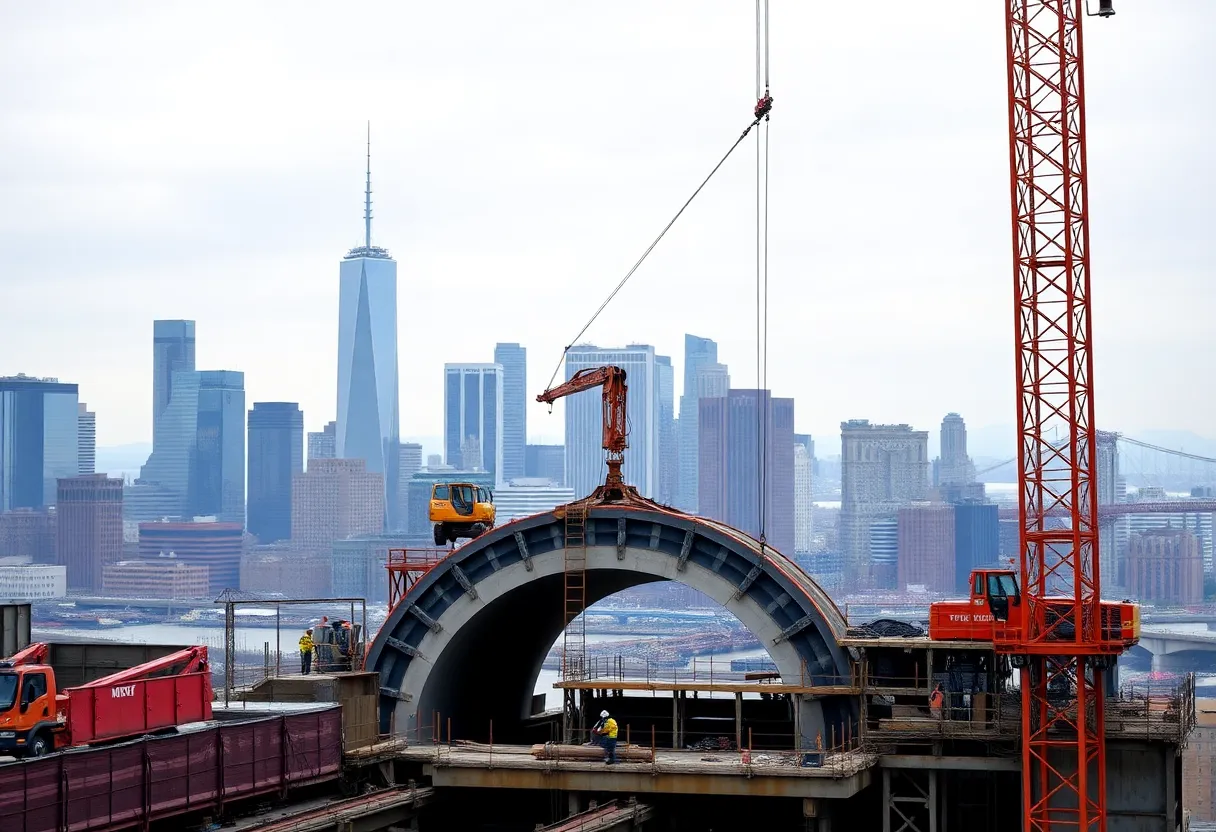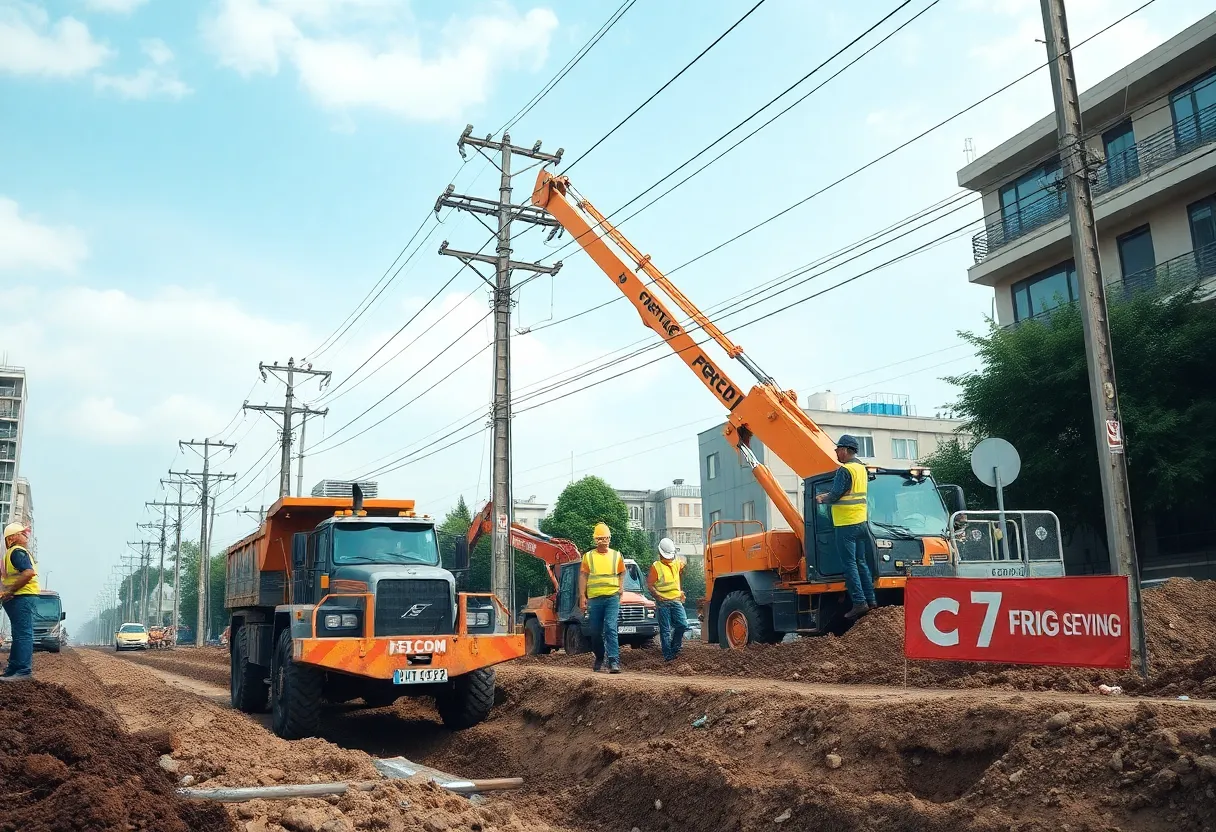News Summary
Komatsu, a leading player in construction and mining equipment, reported a decline in Q1 performance due to economic pressures including a stronger yen and reduced demand. The company faced decreased revenue and originations, primarily impacted by tariff costs and a significant decline in North American sales. Despite recent trade agreements, Komatsu’s forecasts show a projected drop in net income. However, the company is implementing innovative strategies focusing on electrification and autonomy to enhance its competitive edge and navigate market challenges.
Komatsu Faces Decline in Q1 Performance Amid Economic Challenges
Komatsu, a leading player in the construction machinery industry, reported a significant decrease in originations, managed assets, and revenue for the first quarter of fiscal 2025. This quarter, which ended on June 30, has raised concerns among investors and industry experts about the company’s performance amidst challenging economic conditions.
Yen Appreciation Affects Financial Performance
One of the primary factors contributing to Komatsu’s decline is the appreciation of the Japanese yen, which strengthened by 10 yen against the U.S. dollar compared to the previous fiscal year. This increase has heavily impacted the company’s margins, making it more costly to repatriate profits generated overseas.
Northern American sales for construction, mining, and utility machinery also saw a year-over-year drop of 14.6%. The Chief Financial Officer highlighted the influence of the yen’s strength and reduced regional demand on the company’s retail finance performance. These factors have compounded the difficulties Komatsu and its competitors, such as Kubota and Hitachi, are facing despite the recently established U.S.-Japan trade agreement.
Tariff Challenges Persist
Komatsu continues to confront significant steel and aluminum tariffs, currently at an alarming 50%. These tariffs are projected to incur costs of approximately 30 billion yen (around $202.1 million). Furthermore, there was no observed last-minute demand in the North American market due to these tariffs, which have traditionally affected the pricing and availability of imported equipment.
In light of the U.S.-Japan trade deal, Komatsu anticipates a reduction in tariff costs totaling around $206.8 million. This change follows a downward revision of expected tariff costs for fiscal 2025 and 2026 by 3.5 billion yen. Initially, the company estimated these costs at 94.3 billion yen, largely driven by U.S. tariffs on Chinese imports. However, recent developments have reshaped this outlook.
Two Key Developments
Two significant shifts have positively influenced the tariff cost forecast:
- U.S.-Japan Trade Deal: This agreement has reduced tariffs from 25% to 15%, which promises to save Komatsu between $150–200 million annually.
- U.S.-China 90-Day Truce: This pause in trade conflict has further mitigated potential costs by an estimated $140 million.
With these adjustments, Komatsu’s revised tariff impact for the near future is projected at 78 billion yen.
Market Position and Future Outlook
Currently, the North American market represents about 25% of Komatsu’s global revenue. However, approximately 50% of equipment sold in the U.S. is manufactured overseas, making it susceptible to tariff challenges. Despite immediate pressures, Komatsu isn’t neglecting its long-term strategies.
Under its strategic plan titled “Driving Value with Ambition,” Komatsu is focusing on electrification and autonomy by acquiring a U.S. battery startup. Additionally, the company is enhancing its digital framework through strengthened IT systems and exploring strategic acquisitions to bolster its competitive position.
Investment Caution Advised
Given the volatile profitability outlook, investors are advised to remain cautious in the short term. A projected 30% drop in net income for fiscal 2025/26 is now forecasted, with an expected total of 309 billion yen. Nevertheless, long-term value may be achievable due to Komatsu’s commitment to innovation in construction technology.
While the firm faces vulnerabilities linked to global trade dynamics, its focused adaptability and forward-thinking strategies may position it to emerge as a leader in the evolving construction sector.
Deeper Dive: News & Info About This Topic
Additional Resources
- Equipment Finance News: Komatsu Retail Finance Originations Fall 15% YoY
- AI News: Komatsu Tariff Resilience – A Glimpse of Recovery
- Reuters: Canada’s Retaliation to Trump Tariffs is Biggest Concern for Japan’s Komatsu
- Bloomberg: Komatsu Considers Price Hikes in the US in Response to Tariffs
- Google Search: Komatsu
Author: Construction NY News
The NEW YORK STAFF WRITER represents the experienced team at constructionnynews.com, your go-to source for actionable local news and information in New York and beyond. Specializing in "news you can use," we cover essential topics like product reviews for personal and business needs, local business directories, politics, real estate trends, neighborhood insights, and state news affecting the area—with deep expertise drawn from years of dedicated reporting and strong community input, including local press releases and business updates. We deliver top reporting on high-value events such as the New York Build Expo, infrastructure breakthroughs, and cutting-edge construction technology showcases. Our coverage extends to key organizations like the Associated General Contractors of New York State and the Building Trades Employers' Association, plus leading businesses in construction and real estate that power the local economy such as Turner Construction Company and CMiC Global. As part of the broader network, including constructioncanews.com, constructiontxnews.com, and constructionflnews.com, we provide comprehensive, credible insights into the dynamic construction landscape across multiple states.





